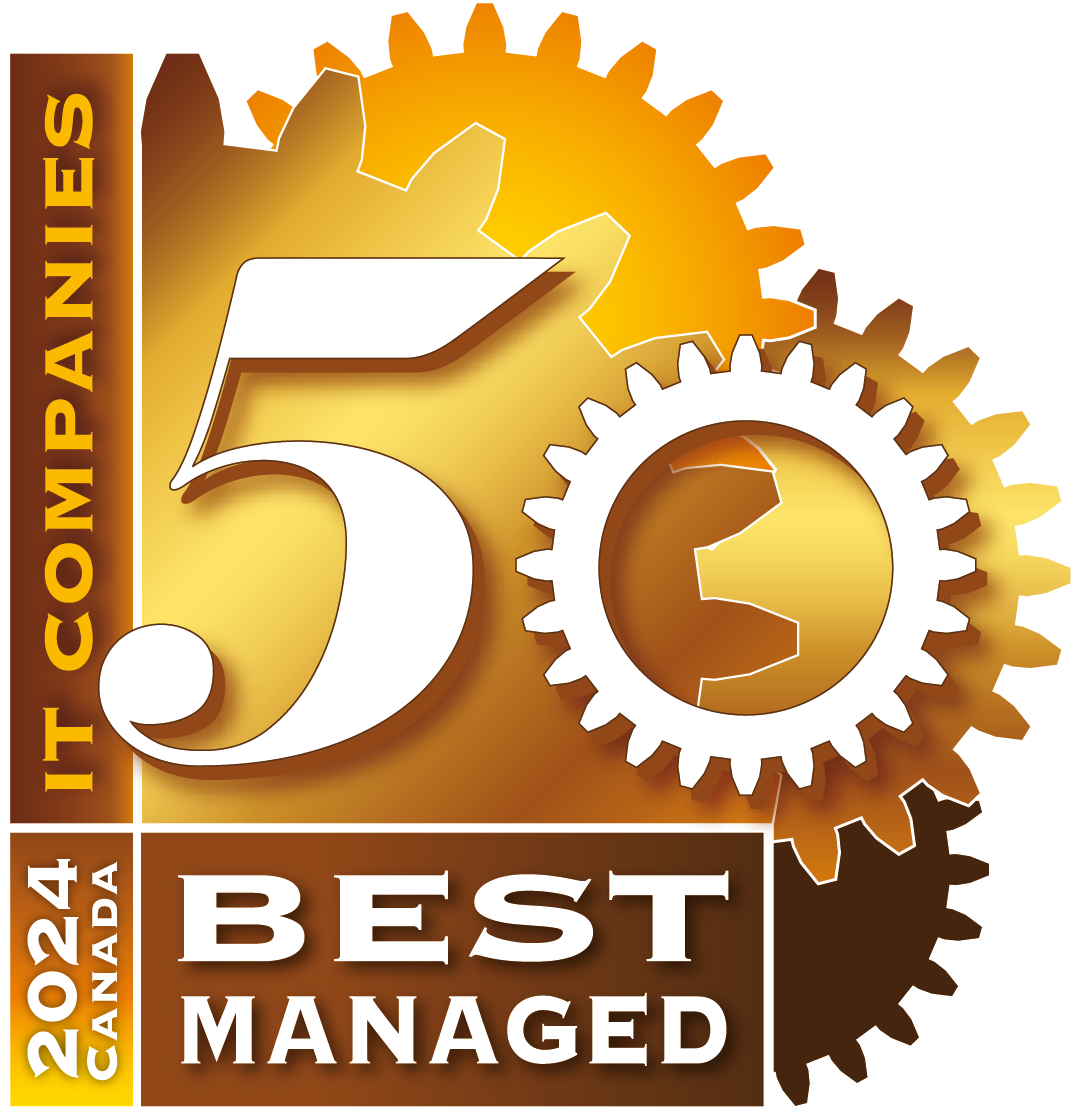Although staff augmentation and managed services are two terms often used interchangeably, they are totally different approaches to solving common pain points. In this guide to choosing staff augmentation vs managed services, we highlight the differences between the two models and the considerations to make when deciding which option will work best for your business.
What is Staff Augmentation?
Staff augmentation is a flexible Business Process Outsourcing (BPO) strategy that enables you to hire IT talent from across the globe and directly integrate them into your internal IT team. The focus is to add additional temporary staff to your internal team based on the extra skills required to meet your business goals. You get the opportunity to choose from a list of candidates that fit your requirements, and you can adjust capacity whenever you need to.
Services and staff augmentation vendors can help you add skilled technical resources to your in-house team on either a short or long term basis. The vendor employs these resources directly, which eliminates the cost and liability of making new full-time hires. However, remote developers hired through staff augmentation will be dedicated to a single project at a time.
When is Staff Augmentation Right for You?
Staff augmentation is right for your business if:
- You are developing a new tech product with a team of programmers and you need some extra hands. Your target stack of professionals is rare in your region, so you’re looking to extend your search globally.
- You’ve partnered with a project outsourcing company to develop a new product, but this arrangement doesn’t fit you for some reason. You probably want to communicate with your team directly on a regular basis or you wish to be well-acquainted with your remote developers to ensure they feel like part of your local team. These aspects are important as you want your augmented staff to integrate with your in-house team to enhance motivation and pursue a common goal.
Benefits of Staff Augmentation Model
Staff augmentation focuses on contracting narrowly-aimed IT professionals from a service provider to complement your in-house staff. This model offers the following benefits:
- Cost-effectiveness – When you’re not looking to hire additional staff permanently, staff augmentation saves you the cost of paying full time wages. You get the support of highly qualified professionals for the exact period of time your business needs them.
- Adaptability – Depending on the scope of your project, you can easily access rare skills that you can’t possibly find locally or on short notice. Moreover, you can scale your IT team up or down as the need arises.
- Attrition resistance – Many IT companies find it difficult to find and retain permanent staff with skills in the latest technologies. Staff augmentation provides the opportunity to hire staff with those niche and hard to find skills. *
Drawbacks of Staff Augmentation Model
It’s important to note that staff augmentation works perfectly only as a short-term solution. As a forward-thinking project manager, you want to preserve the high level of technological development in the long term. Here are some drawbacks of staff augmentation:
- Cost effectiveness is challenged – More often, staff augmentation comes with higher labor costs as it encompasses management overheads. You’ll need extra resources to supervise the increased number of augmented staff, which may not be cost-effective in the long term.
- You may not get sufficient insight into the work your augmented staff has actually done. The model doesn’t presuppose service level agreements other than work hours, meaning that your remote staff may invent tasks to keep them busy and slow down on regular tasks.
- Lack of economies of scale – Even as your need for augmented resources increases, the cost structure doesn’t typically adjust in a similar manner.
- Reliance on internal processes – If your internal processes happen to have flaws, staff augmentation resources will be equally affected by these flaws just as the internal teams.
What are Managed Services?
Managed IT services involve outsourcing your company’s IT management and support in a bid to improve business operations. The managed service provider (MSP) takes the place of a full-time IT team that you would normally have on staff. These companies have a talented group of specialists to lighten the technological load for a wide range of clients, allowing them to focus fully on their core business and save on the tedious task of hiring and retaining in-house IT professionals.
When is Managed Services Model Right for You?
A Managed services approach is right for your business if:
- Your technical team requires several different roles, filling those roles internally can be costly, but a MSP engagement can bring L1, L2, L3, and management roles under the umbrella of the MSP contract
- You’re positioning yourself for future growth: Security and networking solutions become extremely complex as you grow and add more team members. Managed service providers can provide faster and more efficient networking and security solutions.
- You want to quickly adopt and implement a new technology: Managed service providers have skin in the tech game, meaning that they can implement client-focused solutions through robust technological planning.
- You need a more predictable IT budgeting: Most businesses want to look at IT spending as an investment. Continuous maintenance by managed services helps you avoid costly surprises that can throw a wrench in your monthly budget.
- Your business must maintain compliance: If you’re a healthcare provider, financial institution, online retailer, or other organization subject to industry regulation, privacy and security risks can land you in serious trouble. Working with a managed service provider can help you remain compliant with regulations like HIPPA.
Benefits of A Managed IT Services Model
A Managed services model delivers all the benefits of flexibility and technical skill access of staff augmentation while overcoming the disadvantages we highlighted before. Here are the benefits of managed IT services:
- Improved cost model – Since managed IT services providers tie pricing to the outcome, if your demand for a particular service grows or diminishes, the price will similarly change.
- Guaranteed outcome – Managed IT services are backed by a service level agreement (SLA) and the scope and time limit of every project is documented. Managed service providers will strive to meet the commitments to get incentivized and maximize the value of their work.
- Access to a broad range of skills – MSPs are often larger than staff augmentation companies, so they provide a broader base of skills, knowledge, and solutions that meet the constantly evolving customer needs.
Consequently, managed services and staff allow you to focus on your core business and offload supporting services to a highly-skilled and result-oriented contractor.
Drawbacks of Managed IT Services Model
With all of the impressive benefits of the managed services (outsourcing) model, some organizations still retain long-term staff augmentation for a number of reasons, including:
- There is the potential of finding an IT provider that is misaligned with your business goals. It’s important to ensure that you find the right MSP who is aligned with your business objectives**
- The pricing methodology in managed services is opaque as compared to staff augmentation that often bills on an hourly basis. Staff augmentation may appeal to procurement-driven departments that can request rate cards and choose the right vendor.
Managed Services Vs Staff Augmentation Comparison
Let’s now look at the comparison of the two models: Staff Augmentation (out-tasking) vs. Managed Services (outsourcing).
| Managed Services (outsourcing) | Staff Augmentation (out-tasking) |
| Committed to delivering an outcome | Committed to giving an input |
| The service provider assumes control of all or part of your IT service component | The service provider commits to providing defined resources at a price |
| Service delivery commitments are expressed as “service levels” | Does not provide service delivery commitments |
| Committed to scope and term | Limited commitment |
| Pricing tied to service levels and outcome | Pricing tied to availability and hours worked |
| Supplier-managed delivery model (tools and processes) | Customer-managed delivery model (including individual subcontractors) |
| Impacted employees – assets and contracts may be transitioned to the MSP | Does not change the customer operating model |
| Knowledge is documented and transferred | Knowledge is vested in the individual |
| The MSP assumes the risk of operation and transition | Client assumes all delivery risks |
| MSP Technicians cross train with your curernt IT Staff to raise their skillset | Hired role focus without any long term engagement |
Managed Services Vs Staff Augmentation: Which Way to Go?
What’s best for you will depend on your company, your focus, and your mission statement. For most companies, the complexity of the IT industry makes it difficult to strictly stick with one model. Even as organizations increasingly become globally competitive, leveraging one model over the other may not always work. You can strike a balance between staff augmentation and managed services and optimize the benefits of both.
Overall, the managed IT services model is the best way to go for forward-thinking organizations, especially for the long term and cost-savings.
Final Verdict
Ultimately, staff augmentation has its place in any IT company. You can use staff augmentation in selected services at specific points in time. However, fully relying on staff augmentation constitutes an ineffective form of outsourcing that involves high costs, low service delivery commitment, and high risks. A Managed IT services model is the way to go for any IT organization looking to maximize value and save costs in the long term.


